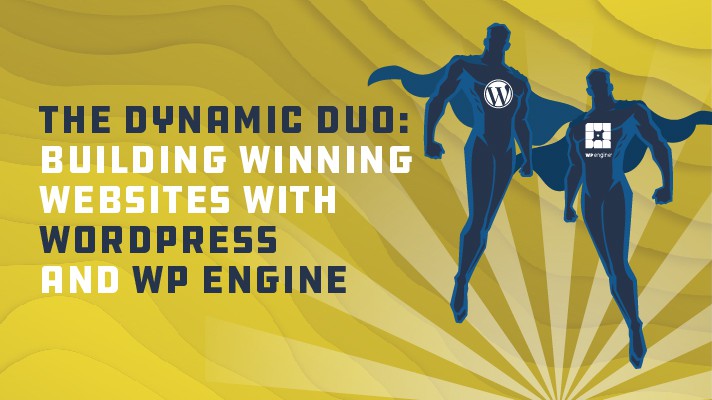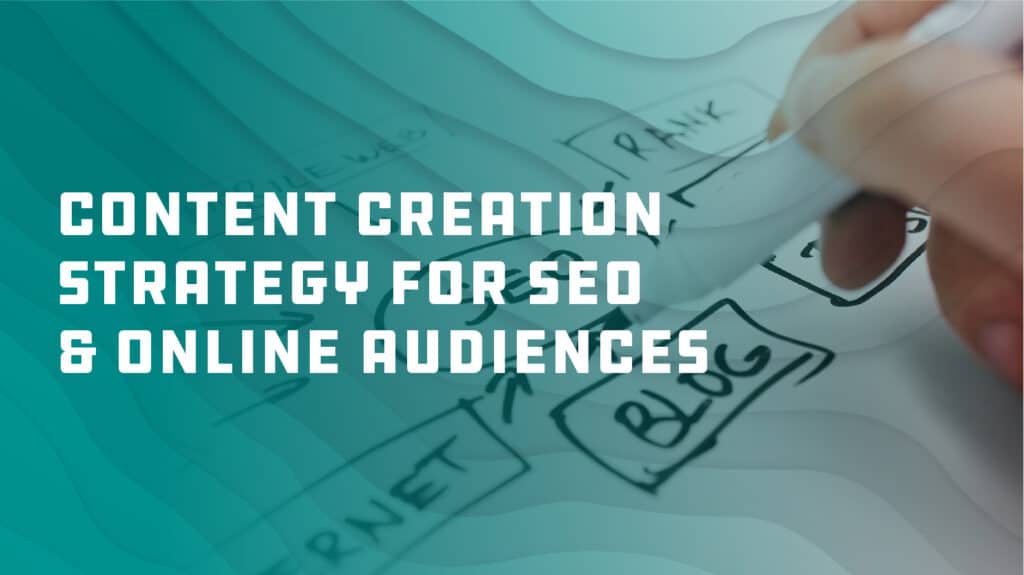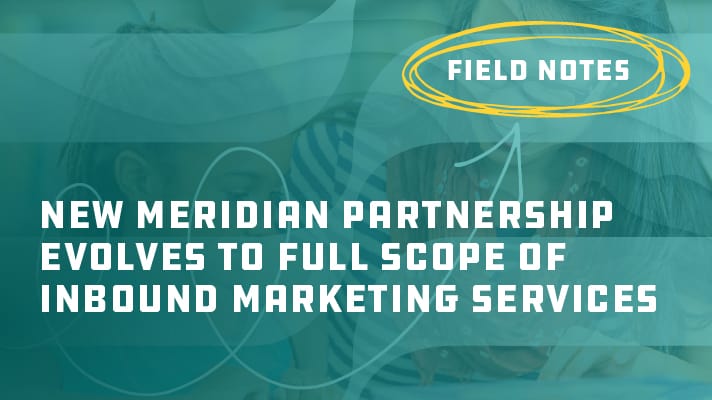In the culinary world, there is a concept called mise en place—French for “everything in its place”—which is the practice of prepping and organizing ingredients before cooking begins. As marketers, we need to live by a similar set of principles. Having the right message is essential, but having the right tools, organized and ready to work in harmony, is what turns good marketing into great results.
Our marketing technology stack is our mise en place. From CRM platforms and marketing automation to analytics dashboards and campaign tools, it’s the foundation that supports everything we do. Whether you’re a small business or part of a larger internal marketing team, having a well-organized tech stack allows you to focus on what really matters, like growth, strategy, and connection.
In this article, we’re highlighting our core tools and how they help us deliver the perfect blend of strategy, creativity, and results for both ourselves and our clients.
What Makes Up a Marketing Tech Stack?
Think of your marketing tech stack as your digital kitchen. It’s the carefully arranged system of tools that powers every step of your marketing formula, from lead generation and nurturing to data analysis and campaign optimization. Just like a chef needs to know where every ingredient is before the meal begins, your marketing team needs a stack that removes the guesswork and supports efficiency.
When each component of your stack is in its proper place, your team can move with intention, adapt quickly, and scale ideas into successful, well-executed campaigns.
The Tools We Rely On (and Recommend)
Over the years, we’ve curated a marketing tech stack that’s nimble, reliable, and effective. Whether you’re launching a new brand, revamping your digital presence, or just trying to keep campaigns moving, here are the essential components we believe every modern marketer needs:
Website Page Builder: Elementor
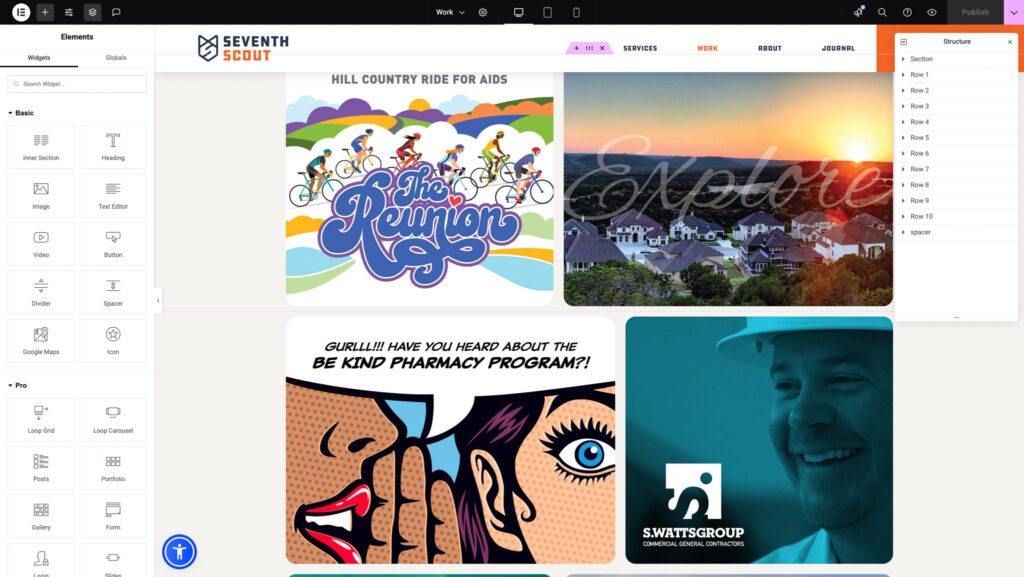
When it comes to designing visually beautiful, high-performing websites, Elementor is one of our favorite tools. This WordPress-based website page builder offers an intuitive, drag-and-drop interface that allows for rapid design, responsive layouts, and seamless updates. Plus, no coding required!
Why we use it: Elementor allows us to bring our creative vision to life quickly while maintaining full control over design and performance. It’s perfect for launching custom websites that look polished, load fast, and scale easily as brands grow.
Interested in Learning Why WordPress + WPEngine is the Perfect Match?
In this blog, we explore why we often pair Elementor with WordPress hosting through WPEngine to ensure top-tier performance and security.
Customer Relationship Management (CRM): HubSpot or Salesforce
These platforms help organize your contacts, track leads, and automate follow-ups so you have a crystal clear view of your sales and marketing funnel.
Why we use it: HubSpot is our go-to for housing all our client, customer, and prospect data in one place and delivering powerful automation. The classic spreadsheet has a time and place, but upgrading to an official CRM will allow you to streamline your sales and marketing workflows, track engagement across every touchpoint, and scale your outreach without losing the personal touch that drives real relationships.
Email Automation: Mailchimp or Constant Contact
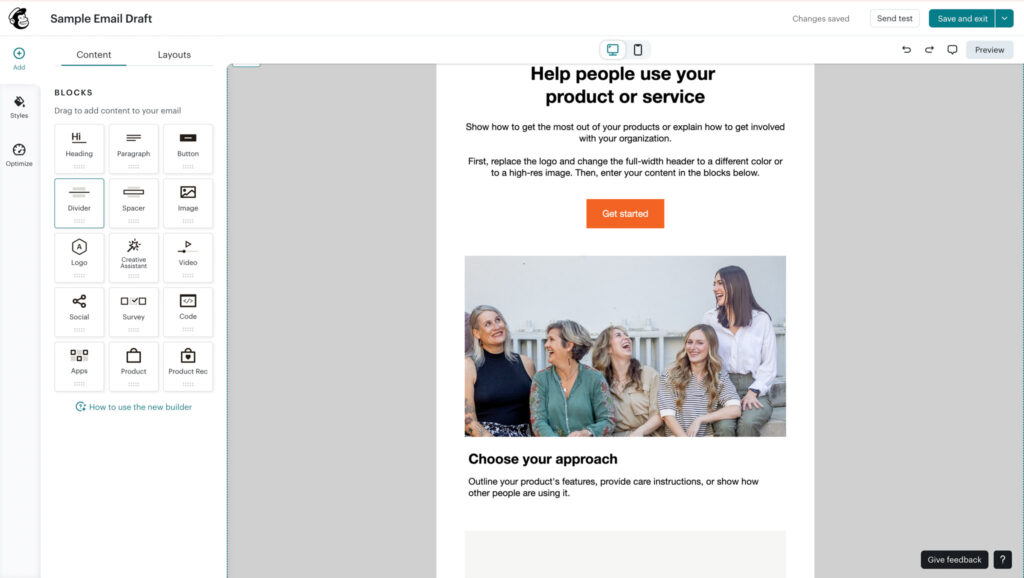
An essential part of your outreach strategy, these tools help nurture your audience with the right message at the right time.
Why it works: We use Mailchimp for clients looking for approachable email marketing with solid segmentation and analytics.
Analytics: Google Analytics 4 (GA4)

This is the heartbeat of digital measurement. GA4 provides real-time insights into who’s visiting your site, how they interact, and where improvements can be made.
Why it matters: GA4 gives us meaningful data that reveals what’s working—and what’s not—across a brand’s website performance and content strategy. It helps us understand how users interact with your website and content, from what pages they visit and how long they stay, to what they download and how they engage with videos, providing a clear path for us to brainstorm marketing strategy moving forward.
Get the 411 on Google Analytics 4!
In this blog, we break down the basics and walk you through building a custom report snapshot in our quick video tutorial.
Social Media Management: Sprout Social or Hootsuite
Managing multiple social media platforms gets complex fast. These tools simplify scheduling, engagement, reputation monitoring, and reporting.
Why we love it: We use Sprout Social to help us maintain consistent publishing schedules for multiple clients (and ourselves!) on various social platforms, stay connected with target audiences through community engagement, and provide visibility into performance across channels.

Content Creation: Canva or Adobe Creative Cloud
Design is central to engagement. Canva empowers teams to create eye-catching content quickly, while Adobe offers full creative control for larger design projects.
Why it works: We rely on Adobe Creative Suite tools like Illustrator, Photoshop, Lightroom, and Premiere Pro to create multimedia visuals for social media, websites, and email that turn heads and tell a story. In a pinch, Canva is a nice alternative that leans toward speed and versatility.
SEO Tools: Semrush + Yoast
Your content can’t convert if no one sees it. That’s why we rely on both Semrush and Yoast SEO to strengthen visibility and performance. Semrush helps us identify keyword opportunities, analyze competitors, and develop a smarter content strategy. Yoast ensures our content is optimized page by page, directly within WordPress.
Why we use it: These tools help us bridge the gap between what people are searching for and what your brand has to offer, creating content that both search engines and humans love.
Start crafting content that ranks and resonates!
Check out our blog on SEO and content strategy for beginner tips, infographics, and smart ways to avoid common SEO missteps.
Project Management: Asana, Monday.com, or Trello
Marketing success isn’t just about great ideas—it’s about execution. These platforms keep our campaigns on track, team aligned, and goals visible.
Why we use it: Asana is the perfect tool for managing complex campaigns with detailed workflows, tracking and managing deadlines, and keeping our team and clients aligned with full visibility into every stage of a project, from initial planning to final delivery.
When Should You Reevaluate Your Tech Stack?
Major milestones—like a rebrand, new website launch, or team expansion—are great moments to take a step back and consider whether your tools still match your needs. We’ve helped many clients align their digital marketing strategy with a refined, modern stack that supports long-term growth.
Outside of those major milestones, it’s also smart to revisit your marketing tech stack at least once a year, especially around contract renewals. A regular audit helps make sure you’re fully leveraging each platform, uncovering underused features, and identifying any tools that may no longer serve your goals. Small adjustments can lead to big improvements in efficiency!
The best marketing software doesn’t just solve today’s problems—it supports where you’re headed. If your current tools feel disjointed or underused, it’s probably time for a refresh.
Let’s Make Your Marketing Tools Work for You
At our agency, we don’t just use these tools—we help clients understand them, integrate them, and get real value from them. Whether you’re looking to streamline your content process, get more out of your CRM, or finally make sense of your analytics, we’re here to guide you every step of the way.
Let’s talk about how to get the most out of the tools you already have and ensure they’re working together to support your goals.


